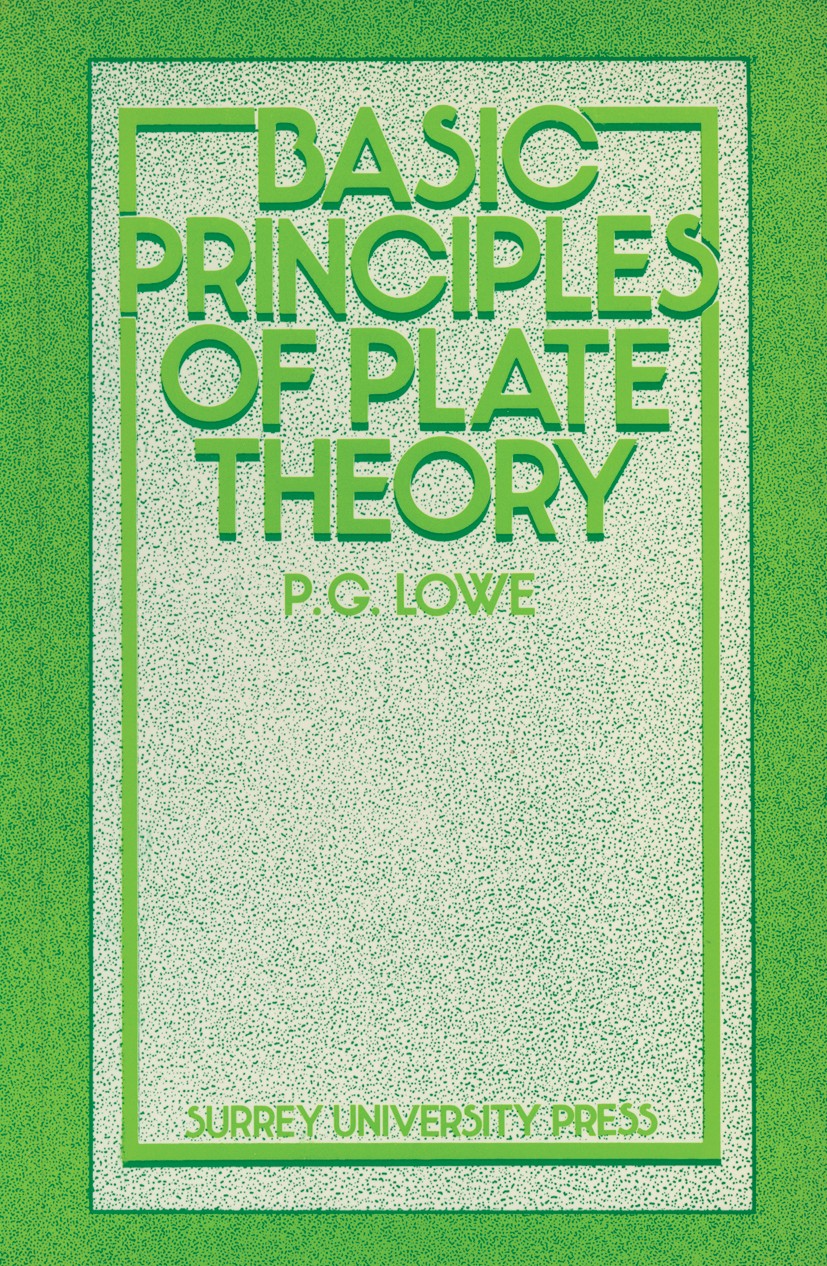| 期刊全称 | Basic Principles of Plate Theory | | 影响因子2023 | P. G. Lowe | | 视频video | http://file.papertrans.cn/182/181108/181108.mp4 | | 图书封面 |  | | 影响因子 | Adding another volume, even if only a slim one, to the technical books already published requires some justification. Mine is, firstly, that plate theory is not well represented in the available elementary texts, and secondly that no existing text adequately covers modern applications. The present account is intended to be elementary (though this is a relative term) while still providing stimulation and worthwhile experience for the reader. Special features of interest will I hope be the treatment of geometry of surfaces and the attempts around the end of the work to speculate a little. The detailed treatment of geometry of surfaces has been placed in an appendix where it can readily be referred to by the reader. My interest in plate theory extends back many years to the energetic and stimulating discussions with my supervisor, Professor R. W. Tiffen, at Birkbeck College, London, and a debt to him remains. Interest was rekindled for me by Dr R. E. Melchers when I supervised him in Cambridge some ten years ago, and more recently my stay at Strathclyde University and encouragement and stimulation in the Civil Engineering Department led me to undertake the present work. The typescript | | Pindex | Book 1982 |
The information of publication is updating

|
|
 |Archiver|手机版|小黑屋|
派博传思国际
( 京公网安备110108008328)
GMT+8, 2025-12-15 07:38
|Archiver|手机版|小黑屋|
派博传思国际
( 京公网安备110108008328)
GMT+8, 2025-12-15 07:38


